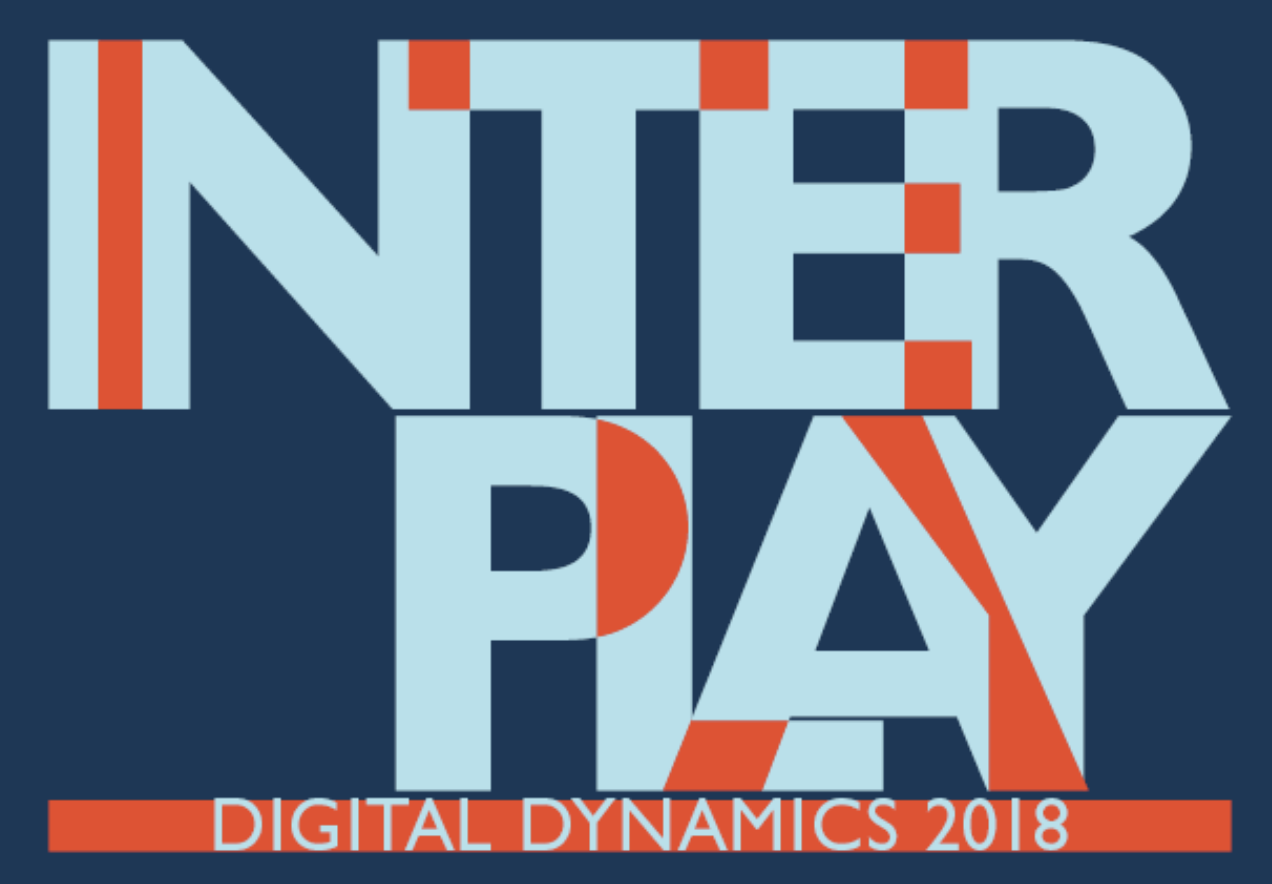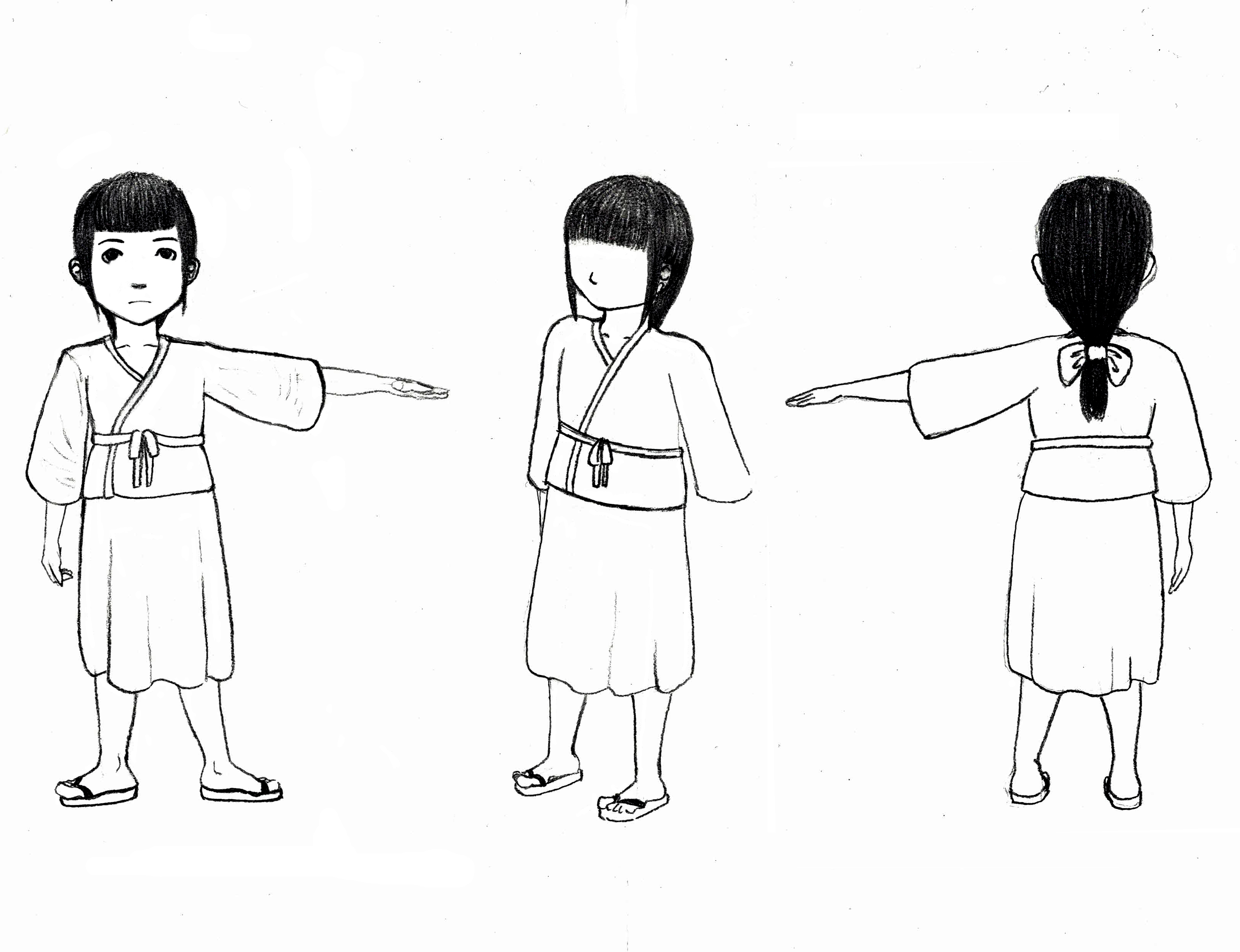Project
Videogames based on historic wars have tended to focus on depictions of the combat and violence experienced by soldiers. This has led to a climate where non-combat casualties have been ignored and marginalized within the traditional narrative framework of war games. As a result, both women and children have been largely underrepresented in war games despite the fact that they typically represent the majority of casualties. One specific example of this phenomenon can be found in Pacific War (1941-1945) games that ignore the victims of bombings, especially the atomic bombings of Hiroshima and Nagasaki. The hibakusha (bomb affected persons) of Hiroshima and Nagasaki have been ignored in the representation of the war, especially in North America. The goal of this project is to create an educational war game that focuses on the experiences of hibakusha after the bombing of Nagasaki in order to better incorporate their stories into North American understandings of the atomic bombs.
Conference
This project was presented as a short paper at the Canadian Game Studies Association (CGSA) 2017 conference in Toronto, Canada. Here is the abstract:
War videogames tend to focus on depictions of combat and violence experienced by soldiers. This has led to a climate where non-combat casualties are ignored and marginalized within the traditional narrative framework of war games. As a result, both women and children have been largely underrepresented despite the fact that they are typically the majority of casualties in war. One specific example of this phenomenon is in Pacific War (1941-1945) games that disregard the victims of bombings, especially the atomic bombings of Hiroshima and Nagasaki. The hibakusha (atomic bomb affected persons) have been ignored in the representation of the war, particularly in North America. Nagasaki Kitty represents an attempt to create a war game that focuses on the experiences of hibakusha in order to better incorporate their stories into North American understandings of the atomic bombs.
Nagasaki Kitty’s central narrative focuses on a 10-year-old Japanese girl named Ayako whose goal is to navigate the destroyed city of Nagasaki in the direct aftermath of the atomic bomb as she attempts to reunite with her family. The player will witness the terror of Nagasaki through algorithm-driven, choice-based gameplay. The intention of the game is to provide players with a perspective of war and the atomic bombs that has been traditionally ignored in the videogame industry, especially in North America. This presentation, to be completed in conjunction with our game demo of the same title, will provide a background on the game’s story, historiographical choices, art style, and background algorithms.
Included will be an introduction of the works that most influenced the game, with a special focus on the short story Two Grave Markers by hibakusha author Hayashi Kyoko, which originally inspired the game. A discussion of the historiographical issues surrounding the atomic bombs will follow. Particular stress will be placed on the selection of sources and issues with remediating history into a format suitable for a videogame. The team’s lead designer will discuss artistic choices made throughout the project. Finally, the head programmer will present on the algorithms that are at the core of the gameplay of Nagasaki Kitty.
Museum Exhibition
Nagasaki Kitty was selected by the curator Syd Bolton to be part of THEMUSEUM's INTERPLAY: Thinking Through Games exhibit from January 26 to May 13, 2018. The exhibition will display a wide variety of ways that academic researchers are engaging with and studying games, through play and analysis as well as through game creation. Engaging and hands-on, the exhibition will serve as a space for visitors of all ages to learn about how games are made and studied.

Story





